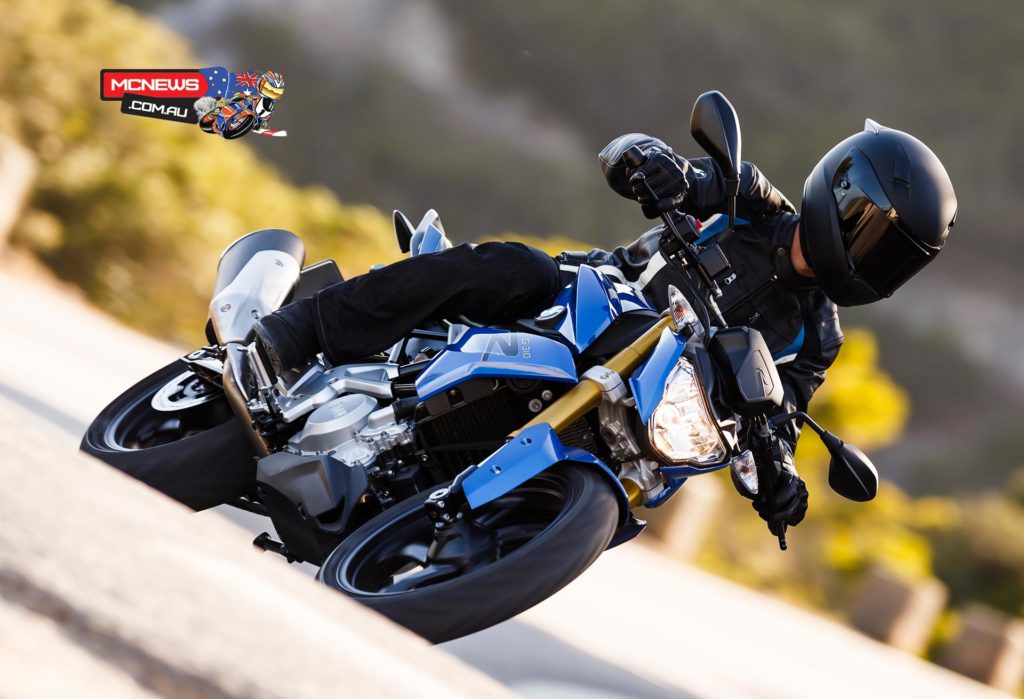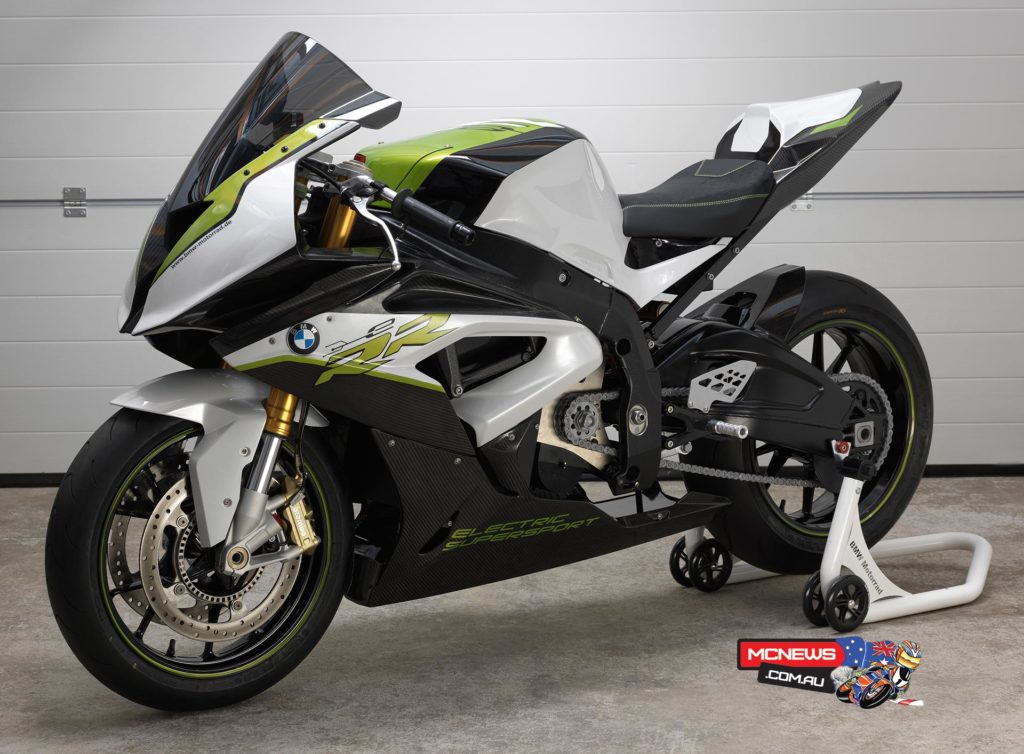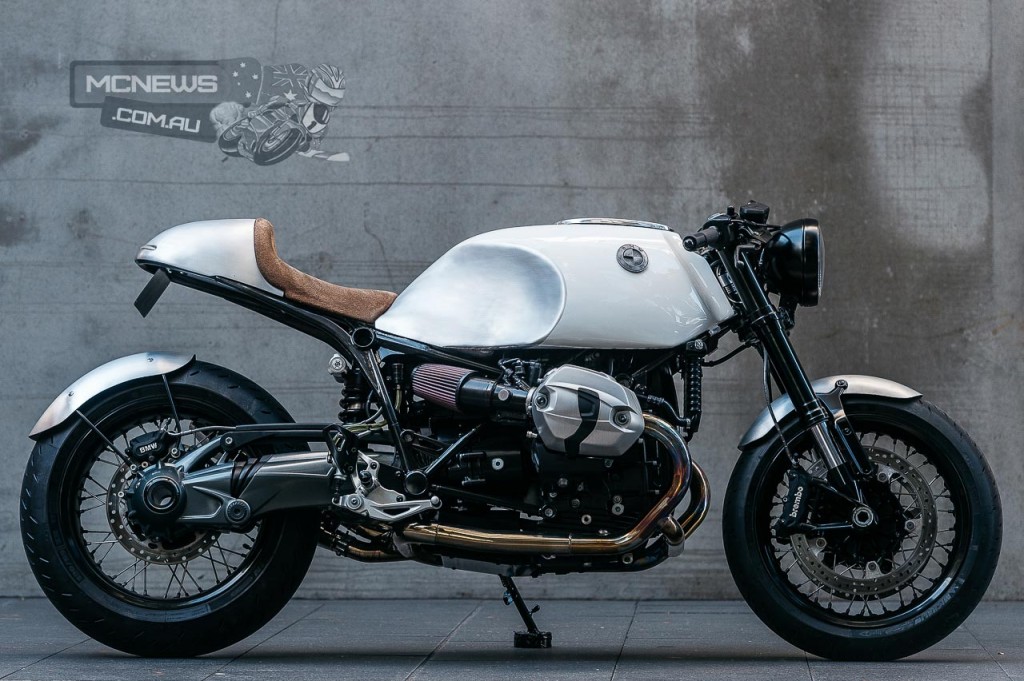BMW Motorrad sets course for future growth
- Target of 200,000 units by 2020
- New markets: business growth in Asia and Latin America
- New BMW premium offering in segment below 500 cc
- Urban mobility to include smaller scooters
- Major expansion of retail network
- Current model offensive extended
The BMW Group has set its motorcycle segment new targets for the coming years. By introducing additional models and entering new market segments, the company aims to win new customers worldwide, increasing deliveries of motorised two wheel vehicles to 200,000 units by 2020.
“We want to sustain our profitable growth in the motorcycles segment over the coming years and make a lasting contribution to the success of the BMW Group,” commented Peter Schwarzenbauer, member of the Board of Management of BMW AG, responsible for MINI, BMW Motorrad, RollsRoyce and Aftersales. “To achieve this, BMW Motorrad will develop its business with new products and expansion in growth markets.”
Entry into the segment below 500cc will lay the foundation for growth, starting with the world premiere of the new BMW G 310 R on Wednesday. The compact, agile one-cylinder motorcycle has been specially designed for the growing Asian and South American markets, as well as Europe.

“With the BMW G 310 R, BMW Motorrad is bringing a genuine premium offering to the segment below 500cc,” said Stephan Schaller, head of BMW Motorrad. “We will also be expanding our urban mobility offering in this class – including bikes with electric drive trains.”

Notwithstanding this new development, BMW Motorrad’s core business will remain the exclusive premium segment above 500cc. The company is market leader in 26 countries and delivered more than 121,622 (+11.5% yearonyear) vehicles to satisfied customers worldwide in the year to the end of October. This means that motorcycle sales have almost reached last year’s record level (123,495 units) after just ten months.
The BMW R nineT launched in 2014 is an important growth driver, with more than 8,600 units already delivered this year. BMW Motorrad will build on the success of its classic models with the BMW R nineT Scrambler derivative, which will celebrate its world premiere at the EICMA motorcycle show on 17 November. “With the countless possibilities for individualisation offered by the BMW RnineT and the BMW R nineT Scrambler, we see tremendous potential in the US market, in particular,” said Schaller.

BMW Motorrad will continue to extend its retail network to keep pace with the planned global expansion. By 2020, the number of dealerships will increase to 1,500 from over 1,100 today.
The BMW Group’s forecasts for future growth are based on the assumption that general economic conditions will remain stable.
Background information on BMW Motorrad and the global motorcycle business
BMW Motorrad is a successful business segment for the BMW Group; a fourth consecutive year of record sales was achieved in 2014 with a total of 123,495 motorcycles delivered to customers. The company is targeting another all-time high for the 2015 financial year and in the year to date through October, BMW Motorrad has sold 121,622 motorcycles and scooters worldwide – an increase of 11.5% over the same period last year. Around 60% of deliveries are to European markets. BMW Motorrad is the market leader in Germany with a market share of 25.6% and is the top-selling brand in 26 countries worldwide in the premium segment for motorcycles with engine displacement above 500cc.
BMW Motorrad’s product portfolio currently comprises premium motorcycles and scooters above 500 cc in the categories “Adventure” (e. g. BMW R 1200 GS); “Tour” (e. g. BMW R 1200 RT); “Sport” (e. g. BMW S 1000 RR); “Roadster” (e. g. BMW S 1000 R), “Urban Mobility” (e.g. BMW C 650 GT) and “Heritage” (e.g. BMW R nineT) with engine displacement from 650 cc to 1600 cc. These products represent the core of the
BMW Motorrad brand and will remain its foundation in the future. The BMW G 310 R is BMW Motorrad’s entry into the segment below 500cc.
BMW Motorrad benefits from its efficient production network. For over 45 years, BMW motorcycles have been produced at the main plant in Berlin-Spandau, where up to 700 bikes currently roll off the production line every day. The BMW Group is investing more than 100 million euros to increase production volumes at the Berlin site and expand its highly-advanced logistics centre. Most of the motorbikes produced in Berlin are exported to more than 130 countries worldwide. BMW Motorrad relies on international production sites to reinforce its market position. Local assembly at CKD plants in Thailand and Brazil and cooperation with TVS Motor Company in India enables the company to sell motorcycles on competitive terms in Asia and Latin America.
BMW Motorrad employs a workforce of more than 3,000 people worldwide in development, production and sales and marketing. Its global retail network for premium motorcycles and scooters comprises more than 1,100 dealers currently.
BMW Motorrad history. The BMW Group’s motorcycles segment dates from the very beginnings of the company and is able to look back on an illustrious history spanning more than ninety years. BMW made its debut at the Berlin Motor Show in September 1923 with the BMW R 32, the world’s first series-produced motorcycle. With a proven racetrack record, the bike’s basic concept of an air-cooled four-stroke two-cylinder boxer engine with transverse cylinders and directly flanged gearbox, with the output shaft driving the rear wheel, is still in use today. BMW Motorrad has been a leading innovator in building motorised on-road, off-road and racing bikes for decades.
Drive train innovations. The BMW R 32 was the first motorised two-wheeler designed from the engine up. Introduced in 1993, The BMW R 1100 RS had a frameless design, using the engine as a stressed member. Also introduced that year was the newest version of the boxer engine, with combined air/oil cooling and innovative details, such as four-valve technology, manifold injection and three-way catalytic convertor. This engine remained leading-edge for more than two decades. 2012 saw the market launch of the latest generation of boxer engine. Although still using air/liquid cooling, it now runs on a glycol-water mixture. This state-of-the-art technology ensures high-precision cooling for optimum power delivery. With the increased number of models, the product line-up now includes one-cylinder engines, as well in-line two, four and six-cylinder engines.
For BMW Motorrad, the launch of the first all-electric maxi-scooter in the premium segment, the BMW C evolution, marked the beginning of a new age of electro-mobility.
Chassis innovations. The layout of chassis components has a major impact on traction, driving stability, agility and comfort. BMW Motorrad integrated hydraulically-damped telescopic forks back in the mid-1930s. This was followed in the 1950s by the premiere of the Earles swing chassis, which offered a previously unknown level of driving comfort. In 1980, the BMW R 80 G/S laid the cornerstone of the long-distance enduro segment, with the world’s first single-sided swing arm, combining the benefits of lower weight, more responsive rear-wheel suspension and easy wheel changes. 1987 saw the introduction of a double-jointed swing arm, referred to as a paralever, to eliminate unwanted drive influences on the rear-wheel suspension. Five years later, BMW launched an innovative front-wheel drive, based on the telelever. The advantages of this system included extremely high responsiveness and excellent braking stability. The duolever introduced in 2004 enabled an unprecedented level of responsiveness from suspension and damping with maximum driving stability.
Safety innovations. BMW Motorrad paved the way for a large number of electrical control systems in the field of active motorcycle safety: for example, in 1988, the introduction of the first electronically-controlled hydraulic anti-lock braking system (ABS) for motorcycles in the BMW K 100. ABS has been a standard feature in all BMW motorcycles since the 2013 model year. The introduction of ABS Pro in 2014 set new safety standards, enabling ABS-assisted braking in corners and even preventing the wheels from locking during sudden braking manoeuvres.
In connection with ABS development, Automatic Stability Control (ASC) was launched in 2006. This prevents the driven wheel from spinning and ensures efficient transmission of force. The Dynamic Traction Control (DTC) since introduced also takes the lean of the bike into account as an additional parameter.
The first electronic suspension adjustment (ESA) was presented in 2004, allowing suspension and dampening to be adjusted at the push of a button. The next phase of development was Dynamic Damping Control (DDC) – with automatic damping adjustment for different road conditions. In parallel, BMW Motorrad developed a further electronicallycontrolled chassis: the Dynamic ESA, which uses electrically-controlled valves to adjust shock absorber damping. Thanks to significantly improved contact between road and tyres, DDC and Dynamic ESA are able to deliver an unprecedented feeling of safety.
BMW Motorrad’s uniquely holistic approach to the “360° safety” principle encompasses the following three elements: innovative vehicle technology, intelligent driving equipment and professional driver training. BMW Motorrad has always focused on smart concepts to improve safety and reliability significantly for motorcycle drivers and their passengers.
BMW Motorrad is also a pioneer in advanced lighting technology. Examples include standard-feature xenon headlights since 2008; adaptive cornering light – a brand-new feature for motorcycles, introduced in 2011; and an optional full LED headlight with daytime running light, seen for the first time in the BMW R 1200 GS in 2012.
BMW Motorrad ConnectedRide also forms the basis for innovative driver assistance systems. Systems for “vehicle-to-vehicle” communication and “vehicle-to-infrastructure” communication will help enhance road safety in the future.
Global motorcycle market. In many parts of the world, motorised two-wheel vehicles are the most important method of transport for individual mobility. In industrialised countries, on the other hand, the motorcycle has since the 1970s become more of a leisure and lifestyle vehicle.
The total market for motorised two-wheel vehicles is estimated at 114 million units worldwide. Although the smallest market in terms of volume, the segment above 500cc, which accounts for around 860,000 units, is highly attractive. BMW Motorrad is one of the market leaders in the premium segment above 500cc.























